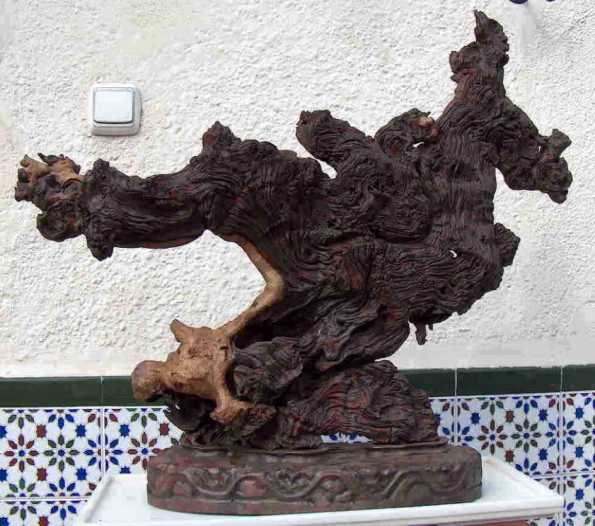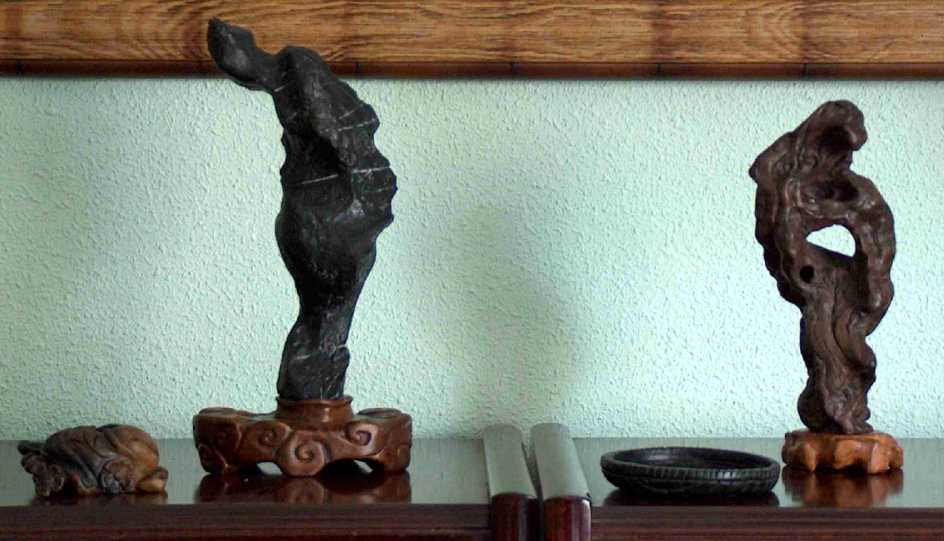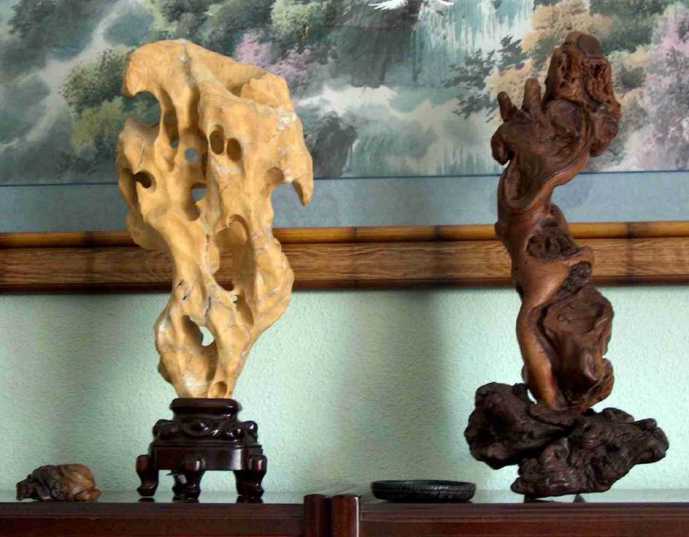|
all'installazione dei cookie di ShinyStat modificare opportunamente le impostazioni del proprio browser o cliccare sull'apposito link
|

The Association
Activities
Services
»
News
The new pages about the 22th A.I.A.S. Ehibition and Congress 2019 Edition
From 25th to 27th October 2019 in Rome the XXII A.I.A.S. National Congress: the program
"Orizzonte Bonsai" Exhibition : Judge Jesus Quintas assessments
Educational video in Italian on Chinese stones, courtesy of author Mr. Thomas Elias
The new pages about the 21th A.I.A.S. Exhibition and Congress - 2018 Edition
2018 Meihinten (Courtesy of Jeff Amas and Chris Cochrane) - Photos by Jeff Amas
The new pages about the 20th A.I.A.S. Exhibition and Congress - 2017 Edition
2017 Meihinten (Courtesy of Jeff Amas and Chris Cochrane) - Photos by Jeff Amas
The new pages about the 19th A.I.A.S. Exhibition and Congress - 2016 Edition
How to receive the newsletter by e-mail about news published on the website Vsana
The italian stones on Viewing Stone Association of North America website
The new pages about the 18th A.I.A.S. Exhibition and Congress - 2015 Edition
The new pages about the 17th A.I.A.S. Exhibition and Congress - 2014 Edition
The new pages about the 16th A.I.A.S. Exhibition and Congress - 2013 Edition
XV Bonsai and Suiseki Exhibition of the San Marino Coordination Emilia-Romagna
The new pages about the 15th A.I.A.S. Exhibition and Congress - 2012 Edition
The Crespi Cup 2012 : 10th Internazional Meeting of Bonsai and Suiseki
In Paris the exhibition "Scholars’ Rocks and Paths of Artist Creation in China"
Mr.Carlo Laghi relates the 8th Suiseki Exhibition-Parade at Cusercoli Castle
Mrs. Daniela Schifano relates about the XIII Bonsai & Suiseki Exhibition “City of Frascati"
The new pages about the 14th A.I.A.S. Exhibition and Congress - 2011 Edition
It is just in distribution the No.27 of the Winter 2010 Aias News Letter. In this issue...
III Suiseki Exhibition of Spain : reportage by Mrs.Luciana Queirolo
Mr.Carlo Laghi relates the 7th Suiseki Exhibition-Parade at Cusercoli Castle
The third edition of the Autumn Bonsai and Suiseki Exhibition "City of Boys"
It is just in distribution the No.26 of the Summer 2010 Aias News Letter. In this issue...
The new pages about the 13th A.I.A.S. Exhibition and Congress - 2010 Edition
It is just in distribution the No.25 of the Spring 2010 Aias News Letter. In this issue...
Mr.Carlo Laghi relates the 6th Suiseki Exhibition-Parade at Cusercoli Castle
The N°2 of the “Bonsai & Suiseki Magazine” is on line. In this number...
The N°1 of the “Bonsai & Suiseki Magazine” is on line. In this number...
The N°12 of the “Bonsai & Suiseki Magazine” is on line. In this number...
The N°11 of the “Bonsai & Suiseki Magazine” is on line. In this number...
The reportage of the II Contest of the Asociacion Espanola de Suiseki of Alcobendas
The N°10 of the “Bonsai & Suiseki Magazine” is on line. In this number...
The new pages about the 12th A.I.A.S. Exhibition and Congress - 2009 Edition
The N°9 of the “Bonsai & Suiseki Magazine” is on line. In this number...
The N°7/8 of the “Bonsai & Suiseki Magazine” is on line. In this double number...
The N°6 of the “Bonsai & Suiseki Magazine” is on line. In this number...
The XVI Spring Exhibition 2009 in the Botanical Garden of Rome
It is just in distribution the No.22 of the Spring 2009 Aias News Letter. In this issue...
The N°5 of the “Bonsai & Suiseki Magazine” is on line. In this number...
The images of the suiseki exhibited in Spain on the XXV European Congress EBA-ESA
The full reportage of the XIII UBI Congress on the official site of the Association
The N°4 of the “Bonsai & Suiseki Magazine” is on line. In this number...
The N°3 of the “Bonsai & Suiseki Magazine” is on line. In this number...
The N°2 of the “Bonsai & Suiseki Magazine” is on line. In this number...
.jpg)



.jpg)
.jpg)


